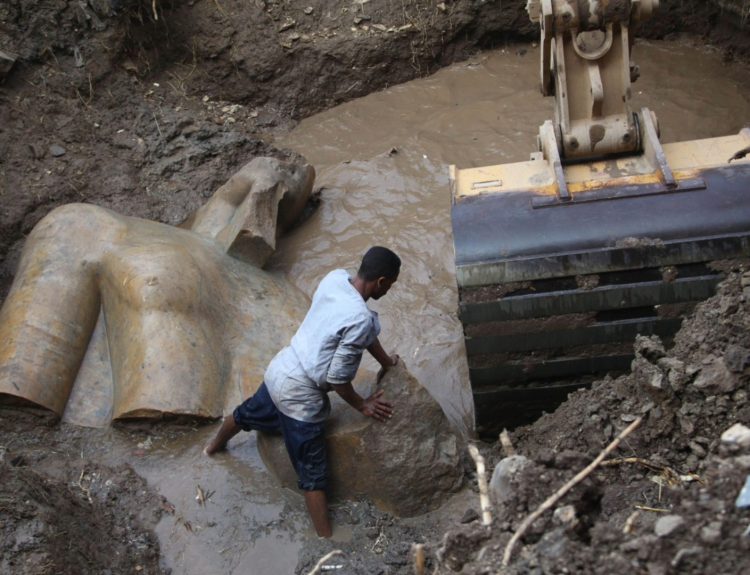As the 18th century was drawing to a close, the English had a problem on their hands. Crime was on the rise, therefore the prisons were terribly overcrowded. Quite simply, they were running out of places to put convicted criminals. Space may have been at a premium in England, but the British Empire had land holdings all over the world.
The British colonies offered a solution to the prison overcrowding problem. Convicted criminals in Great Britain could be sentenced to serve their prison term at a penal colony thousands of miles away in Australia. Here are 10 things to know about Australia’s penal colonies.
1. Australia Was a Penal Colony for 80 Years
James Cook charted and mapped the eastern coast of Australia in 1770, claiming the region for Great Britain. His reports on the Botany Bay area, where Sydney is now located, led British officials to consider Australia as a penal colony. For eighty years – from 1788 to 1868 – the British government sent more than 162,000 convicts to the penal colonies that were established there.
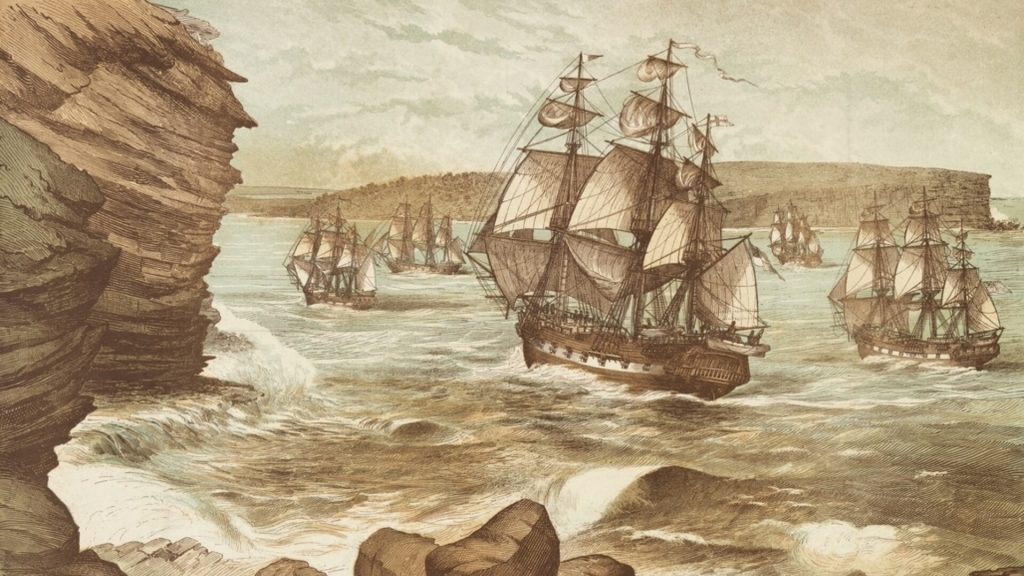
The “First Fleet” – the first nine transport ships to arrive at Botany Bay – brought 850 criminals to Australia in January 1788. The inmates sent to Australia’s penal colonies came from both England and Ireland. Many more ships followed. In 1833 alone, 7,000 new convicts were delivered.
2. The Penal Colony Idea Was a Much Older Concept
The 1597 law called “An Acte for Punyshment of Rogues, Vagabonds and Sturdy Beggars,” one of the Tudor “Poor Laws” stated that convicted criminals could “be banished out of this Realm … and shall be conveyed to such parts beyond the seas as shall be assigned by the Privy Council.” The act was intended for the Americas to serve as a penal colony.

The American colonists, however, rebelled against the British, as well as their plan to send convicts there. The Act of 1776 stated that criminals could be shipped to “other parts of His Majesty’s dominions” beyond England.
3. Far-Away Australia Was a Perfect Location
The British government found Australia to be an appealing place for use as a penal colony because of its great distance from England. Convicts sent to Australia more than 13,500 miles from Great Britain were unlikely to escape and return to England.
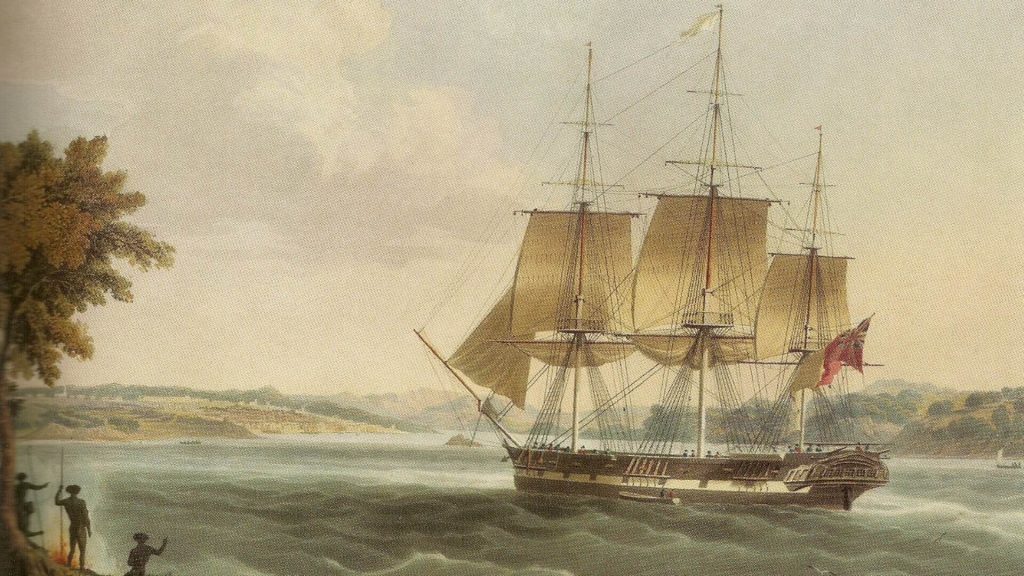
Although Australia was populated by aboriginal people, the English had not established permanent, non-penal colonies there. If a convict escaped from the penal colonies, there would be no cities or towns to flee to like there were in the Americas.
4. Penal Colonies Would Straighten Out Criminals
The British government considered the Australian penal colonies as a place where criminals could serve their punishment and learn to change their deviant ways. The hard, harsh work of building the colonies, they believed, would teach them valuable lessons that would set them on a path of redemption.
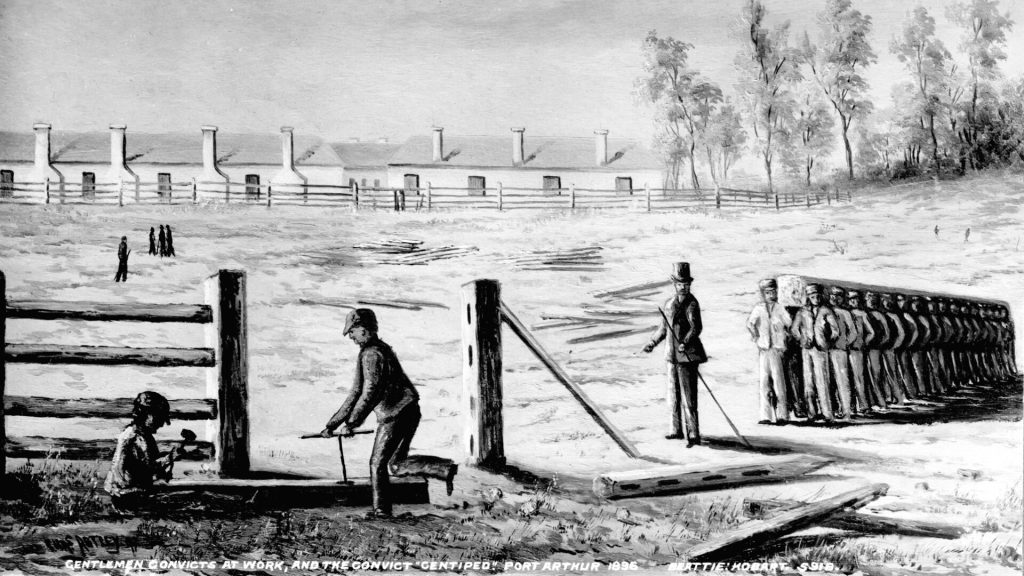
By actively contributing to the new colony, it was thought that the convicts would feel a sense of pride. They would realize that they could be valuable members of society, and thus be rehabilitated. In a way, it worked. The penal colonies were vital to Australia’s early colonial history and development. A large percentage of today’s Australians are the descendants of convicts. And they are proud of this fact.
5. Crime Was a Problem in Great Britain
In the 1600s and 1700s, Great Britain saw a spike in crime rates. Part of the reason can be attributed to the Industrial Revolution. Modern machinery took jobs from workers, thrusting them into poverty. Extreme poverty pushed people to desperate measures, like stealing food, money, and other items.

To make matters worse, there were no police officers in Britain until 1829. Most of the people arrested and tried for crimes were young … some, just children. The average age for criminals sent to the Australian penal colonies was 21 years old.
6. Minor Crimes Could Send Convicts to the Penal Colonies
Sending convicts to the other side of the world to serve their sentences in a primitive, harsh place seems like a punishment for the worst criminals, but that was not the case. Even minor infractions could send convicts to the penal colonies. Stealing was the most common crime that the convicts committed, but there were more.
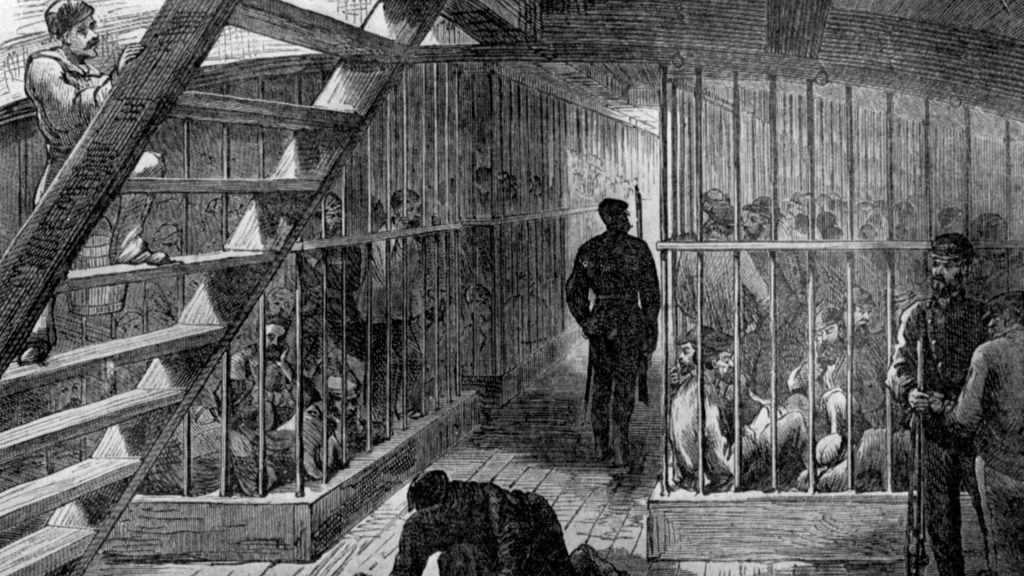
A person convicted of forgery, prostitution, assault, fraud, vagrancy, or homelessness could be sent to Australia. There were, of course, dangerous criminals in the mix, as well, including murderers and rapists. Although murderers and rapists could also be sentenced to death, it was thought it was more humane to send these people to Australia.
7. Getting There Was an Ordeal in Itself
The long sea voyage from Great Britain to Australia was fraught with danger. Convicts were crowded together in the ships’ hold. Conditions were unsanitary, unclean, and unhygienic. Human waste sloshed underfoot.

Diseases spread rapidly through the crowded ships. According to some reports, as many as 2,000 people died aboard the ships before they even made it to Australia. Even more convicts arrived in the penal colonies so ill and emancipated that they were unable to work.
8. Convicts Were Forced to Labor in Horrific Conditions
All able-bodied convicts were expected to work from dawn to dusk … up to twelve hours a day. The climate was hot and humid, and the overseers were stingy with water and food. The convicts were not consuming enough calories to sustain them. In addition, they were not eating enough protein. The convicts were expected to grow their own food, but there were no livestock animals.

The housing, food storage, and drinking water were all subpar at the penal colonies. Sanitation was also non-existent. People were weakened by the lack of proper nutrition, making them more susceptible to disease.
9. Women Were Often Victimized
Both men and women were sentenced to do their time at a penal colony. The ratio, however, was not equal. Women only accounted for about seven percent of the convicts taken to Australia as part of the “First Fleet” in 1788. Overall, female convicts numbered only about fifteen percent of the populations at the penal colonies.
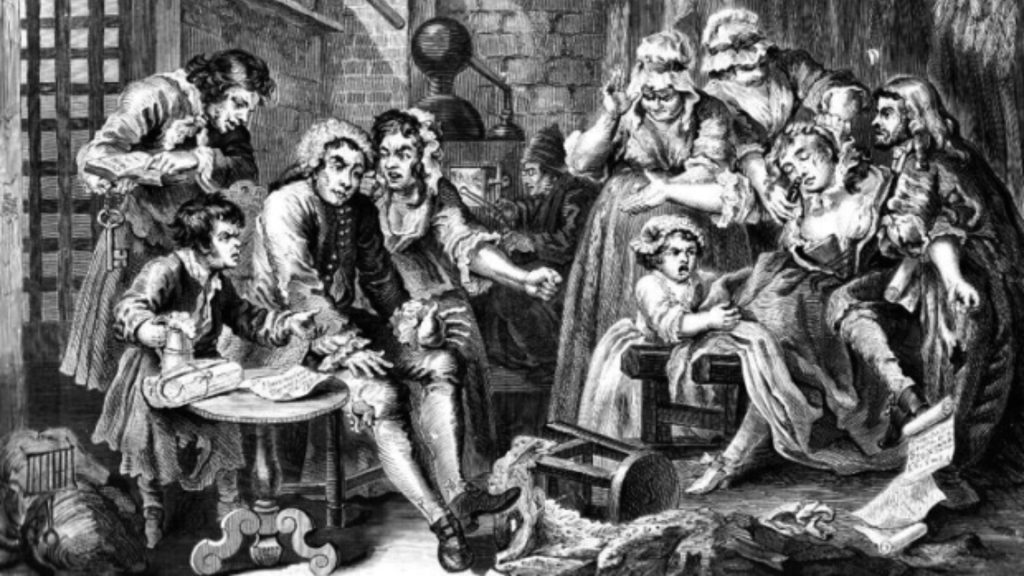
Many of the women were sent to the penal colonies for committing crimes of desperation. They may have been widows, for example, with young children to feed. Women were housed in a separate building at the penal colonies, but they were often victimized by the male convicts or the male overseers.
10. Convicts Built Australia’s Infrastructure
The convicts serving at the Australian penal colonies were assigned to work on government infrastructure projects to help turn the rugged and barren land into a modern colony. The convicts built roads, bridges, canals, and public buildings. The infrastructure they built helped lay the foundation for the full colonization of Australia by the British.
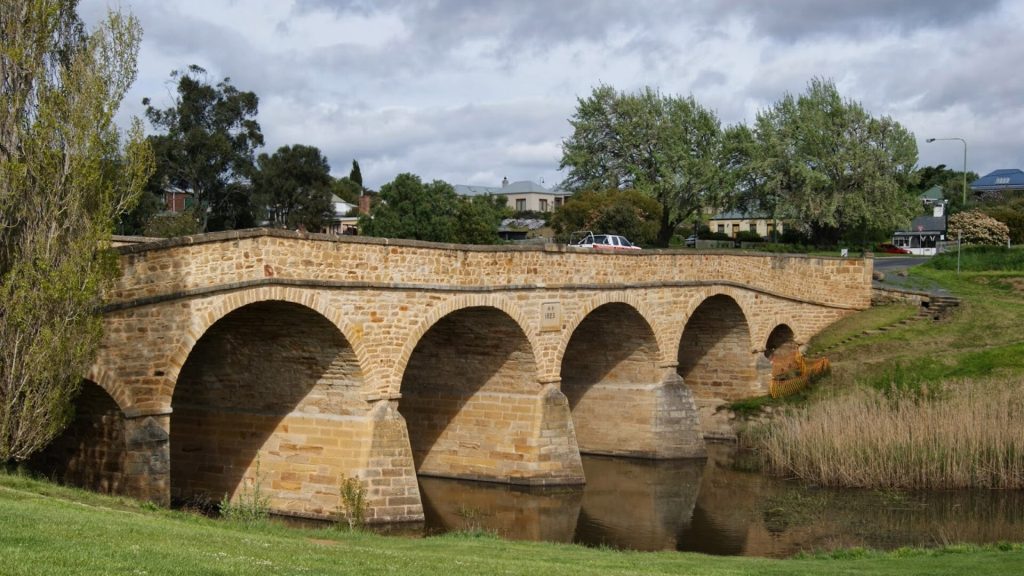
Several of Australia’s largest cities were founded as penal colonies. These include Sydney, Brisbane, Melbourne, and Perth. Interestingly, many of the convicted criminals chose to remain in Australia after their sentence was up. If they wanted to return to England, they would have to endure the voyage back and once there, they would face the same circumstances that led them to commit crimes in the first place.






